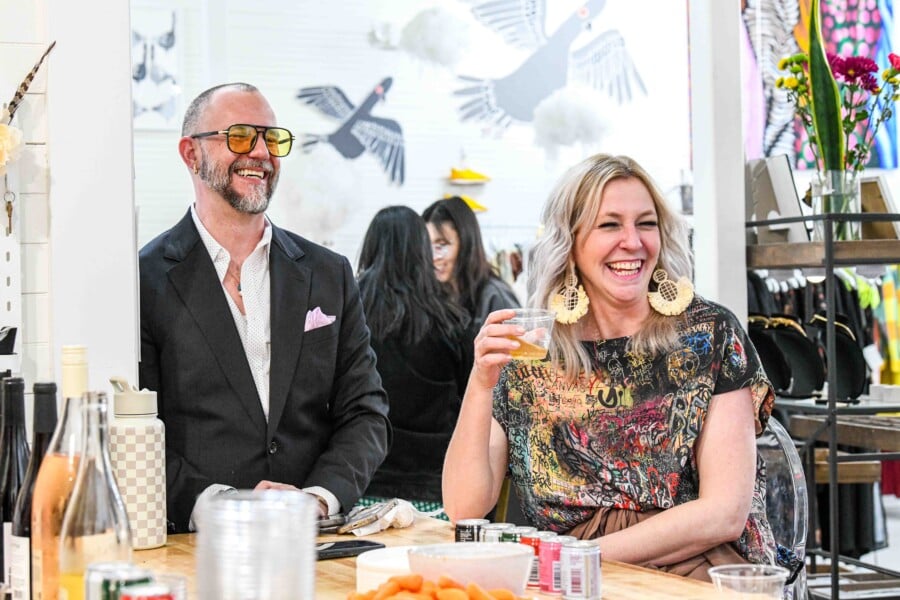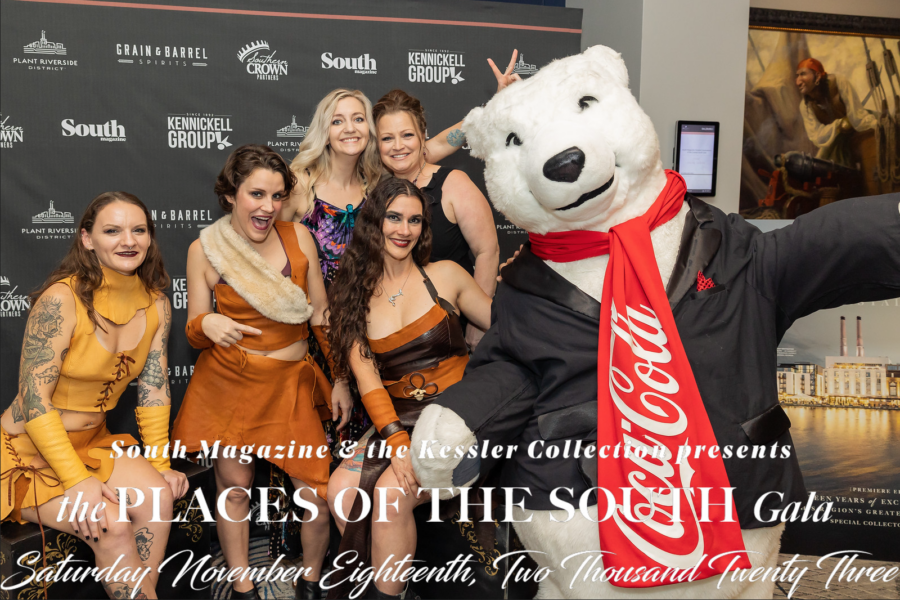The Role of Celebrities in Defining Modern Beauty
What we see as attractive today is not just a matter of personal taste. It’s shaped by culture, social media, and above all, the people in the spotlight who capture our attention. From Marilyn Monroe’s classic red lips to Kylie Jenner’s famous lip kits, admired figures have the ability to turn personal style choices into global movements. Their influence now extends beyond glamorous red carpets, spilling into TikTok challenges, billion-dollar product launches, and even the way we perceive ourselves in the mirror. To truly understand modern aesthetics, it helps to examine how public icons shape them.
The Shift From Glamour Icons to Social Media Stars
In the 1950s, Marilyn Monroe’s curves and platinum hair set the standard for glamour. By the 1990s, Kate Moss and her “heroin chic” look redefined the ideal into something much slimmer and more minimalist. Today, the shift is dramatic: Instagram and TikTok set the stage more than glossy magazines.
One selfie from Zendaya at a red-carpet event or Rihanna casually posting her skincare routine can spark worldwide trends within hours. Unlike in the past, stars no longer rely solely on editors or photographers to maintain their influence, their phones give them direct access to millions of followers, making fans feel like participants in their transformation rather than distant observers.
Why We Follow Their Styles Without Thinking Twice
Psychologists describe this as social proof. When someone admired by millions changes their hairstyle, makeup, or routine, it signals desirability. People adopt these looks not only to appear fashionable but also to feel included in a cultural moment.
A powerful example came in 2015, when Kylie Jenner admitted to having lip fillers. Within days, Google searches for the procedure skyrocketed, and clinics across the world reported an influx of young women asking for the “Kylie look.” One person’s choice reshaped both consumer desires and the beauty industry itself, almost overnight.
How Body Standards Keep Changing Over Time
Influential figures don’t just promote products; they redefine body ideals. In the early 2000s, extremely thin silhouettes dominated the fashion scene, with supermodels embodying the “ideal.” By the mid-2010s, curvier figures gained prominence, thanks to reality stars and music icons.
Now, younger generations are embracing stronger, athletic builds. Athletes like Simone Biles and actresses like Florence Pugh proudly showcase bodies that emphasize power and health over fragility. While this shift shows progress toward diversity, many still struggle with the pressure to meet changing expectations, highlighting how trends can both inspire and overwhelm.
Cosmetic Enhancements Go Mainstream
Perhaps the clearest sign of cultural influence lies in the rise of cosmetic enhancements. Procedures that once carried stigma, microneedle lip filler, Botox, and Derma Filler, are now part of everyday conversation. Chrissy Teigen openly discussed her treatments, normalizing what was once considered taboo. Non-surgical options have grown especially popular for their subtle results and minimal downtime. This shows how admired figures don’t just shape trends in makeup or fashion, they redefine what’s considered achievable when it comes to appearance.
Beyond Endorsements: Building Global Brands
In the past, performers simply endorsed products. Now, many create their own. Rihanna’s Fenty Beauty didn’t just sell foundation; it revolutionized the cosmetics industry by introducing shades for every skin tone, setting a new benchmark for inclusivity. Similarly, Selena Gomez’s Rare Beauty has combined makeup with messages of mental well-being, resonating with fans who crave both authenticity and self-expression.
What makes these brands powerful isn’t just the quality of their products. It’s the lifestyle and values tied to the personalities behind them. Fans aren’t buying lipstick; they’re buying into a story of empowerment, relatability, and representation.
A Global Exchange of Aesthetics
The influence of admired figures is no longer confined to Hollywood. K-pop stars like Blackpink’s Lisa or BTS’s V drive fashion and skincare trends from Seoul to London. Bollywood actors continue to shape elegance and style across South Asia, reaching audiences worldwide through film and social media. This cultural blending has widened the definition of attractiveness. Western ideals no longer dominate; instead, we see a mosaic of global aesthetics where diversity is not only included but celebrated.
The Growing Power of Honesty in Public Life
In recent years, honesty has become its own form of influence. Younger audiences crave realness over flawless perfection. That’s why candid “behind-the-scenes” photos, makeup-free selfies, and personal stories about insecurities feel so powerful.
When admired figures share vulnerabilities, they build trust and connection. It reminds audiences that confidence can coexist with imperfection. In many ways, this push for authenticity may become the most lasting legacy of public influence in the digital age.
Turning Inspiration Into Confidence, Not Pressure
For everyday people, the key lies in balance. Admiring someone’s style can be inspiring, but it shouldn’t turn into a checklist for self-worth. The healthier approach is to adapt trends to fit personal comfort and individuality. Remember: most of what we see online is curated, filtered, or even retouched. The real goal is not imitation, but transformation on your own terms, whether that means trying a bold lipstick shade, embracing your natural features, or considering a non-surgical nose job as a subtle way to boost confidence.
The Real Takeaway: Inspiration Without Imitation
From Marilyn Monroe’s silver-screen glamour to today’s TikTok-driven trends, public figures have consistently shaped how we define attractiveness. Their impact fuels billion-dollar industries, sparks conversations about diversity, and pushes the boundaries of what’s possible through fashion, fitness, and treatments.
But the most important takeaway is this: the influence of stars should be a source of inspiration, not pressure. True confidence comes from using their example as a starting point to explore your own identity. Modern aesthetics shouldn’t be about imitation; it should empower you to embrace individuality, authenticity, and self-expression. That’s the kind of standard that endures.












